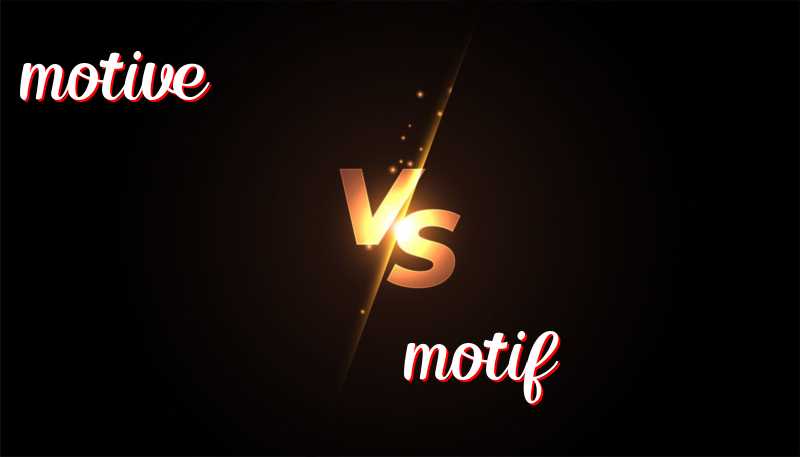Understanding the Difference Between Motive and Motif
As an English teacher, I can help explain the difference between the words “motive” and “motif” in a simple way for you!
“Motive” is used to talk about the reason why someone does something, like their purpose or intention. It tells us why a person acts a certain way. The word “motive” has its origins from the Latin word “movere” which means “to move.”
Here are some examples of how to use “motive” in a sentence:
1. Her motive for studying hard is to get good grades.
2. The detective tried to uncover the criminal’s motive for the crime.
3. What is your motive for helping others?
4. His motive for exercising daily is to stay healthy.
5. The suspect’s motive for stealing remains unknown.
On the other hand, a “motif” is a recurring theme or pattern in art, music, literature, or design. It is like a repeated idea or symbol that appears throughout a piece of work. The word “motif” comes from the French word “motif” which means “theme.”
Here are some examples of how to use “motif” in a sentence:
1. The floral motif on her dress was very pretty.
2. The author used a recurring motif of birds to symbolize freedom in the novel.
3. The artist incorporated a geometric motif in the painting.
4. The music piece featured a recurring motif that added to its beauty.
5. The film director included a motif of light and shadows to create a mysterious atmosphere.
A simple trick to remember the difference between the two words:
– “Motive” is related to a person’s reason or intention, so think of the “I” in “motive” as standing for “intention.”
– “Motif” is about a pattern or theme in art, so think of the “T” in “motif” as standing for “theme.”
In summary, “motive” is about a person’s reason, while “motif” is about a recurring theme or pattern in art. Remember the “I” in “motive” for intention and the “T” in “motif” for theme.

Leave a Reply
You must be logged in to post a comment.